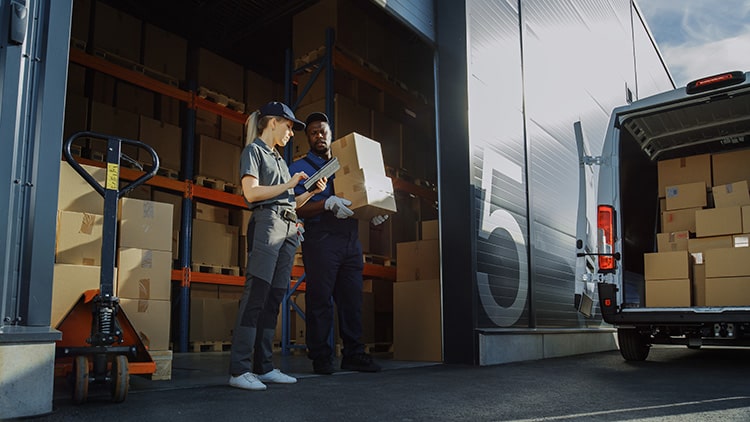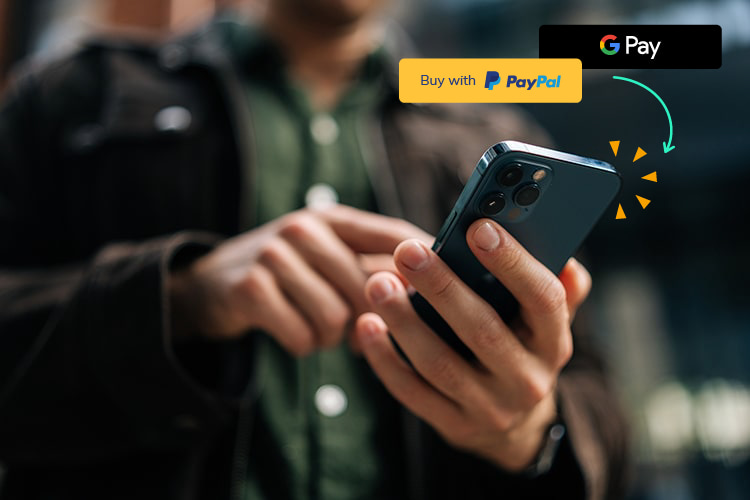10 Years On: From 'Do We Need It?' to 'What’s Your Eircode?
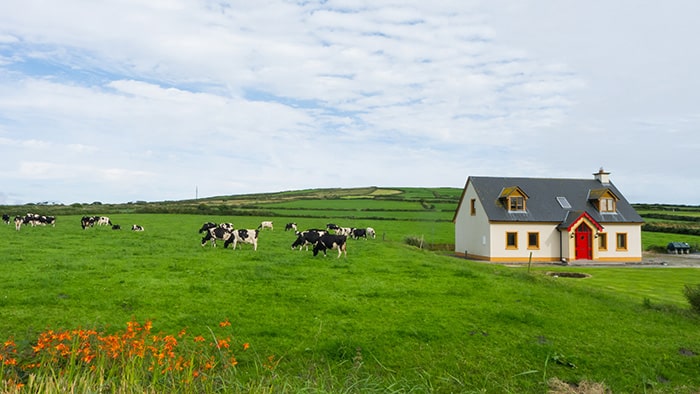
When Eircode launched on July 13th, 2015, critics questioned its necessity. Now, as we reach its tenth anniversary, we reflect on the past decade and how it has become an essential layer of Ireland’s address infrastructure.
Then vs now
One common refrain on Irish social media today–often in response to a post giving out about something or other–is: “Eircodes; now that’s one thing we actually got right.”
Back in 2015, many asked: “Why do we need Eircodes?” The general concern was that it would never take off and the adoption rate would be extremely low. Fast forward to 2025, it’s hard to imagine getting by without them. In a country where finding addresses once depended on local knowledge and creative guesswork, this seven-digit code has certainly earned its place.
Real life, real convenience
Anyone born in Ireland after the year 2000 probably hasn’t inherited their parents’ skills when it comes to giving directions: “Turn right at Mulligan’s pub, then down the road past the house with the two Jack Russells in the garden, take the next left, and we’re the second house on the right with the yellow door“.
“Just give me your Eircode” has become the go-to phrase in everyday life:
- Getting a take-away delivered
- Dropping a child to a birthday party
- Arranging a boiler service
It’s not just about convenience, it’s about confidence. You know your address will be found. Your takeaway won’t go to the wrong house, the taxi will show up at the right gate. Whether you’re the one giving directions or the one following them, Eircodes make it simple
Where Eircodes matter most
During the pandemic, volunteers checking in on elderly or isolated people relied on the accuracy of Eircodes to find the right house. So did delivery drivers dropping off food, prescriptions, and essentials to people who had never received a home delivery before. Eircodes quietly helped Ireland to stay connected when it mattered most.
1. Emergencies & first responders
“What is your Eircode?” That’s now one of the first questions asked when you call for an ambulance or the fire brigade. It helps first responders to find you quicker, especially in rural areas where street names might be missing. The National Ambulance Service has even built Eircode into its dispatch system, ensuring help gets to the right door as soon as possible.

Fridge magnet provided by Wicklow County Fire Service with space for Eircode in case of emergencies.
2. Government services and national statistics
You have probably used your Eircode without even thinking about it:
- Ordering a passport
- Applying for a third level student grant
- Getting a Public Service Card
- Registering a birth
- Purchasing a dog licence
Even the 2027 census will be digital-first, using Eircodes as the main address reference.
3. Utilities & infrastructure
Need to know whether your house qualifies for fibre broadband? Logging a power fault? Having the bins collected? Eircodes help with all of that. Utility companies use them for planning networks, sending engineers to the right spot and keeping services running smoothly.
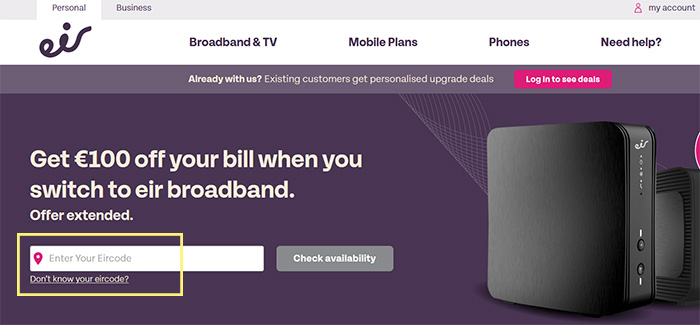
eir.ie website requesting Eircode to check service availability
4. e-Commerce & logistics
If you’ve ever typed your Eircode into an online checkout form, you’ve already seen the difference. It helps you to complete the form faster, and you know your order will arrive. Eircodes are a lifesaver for delivery drivers, especially in new housing estates or unfamiliar rural areas.
From our own analysis of 50,000 addresses submitted over just 24 hours, we found that 88% of online shopping orders included an Eircode, providing strong evidence of widespread adoption.
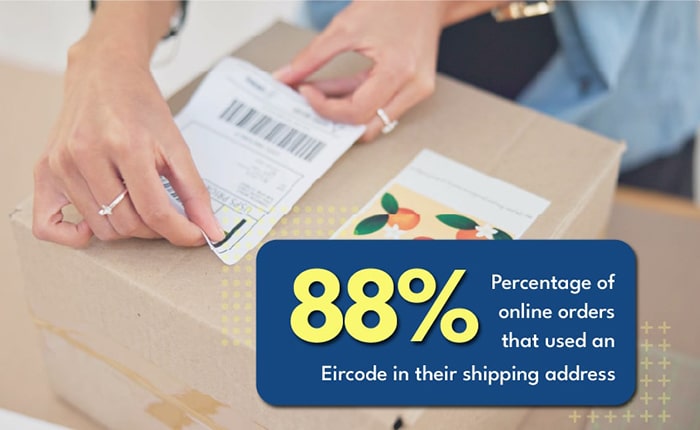
5. Food & on-demand services
Whether it’s your usual Friday-night takeaway or a grocery delivery from the local supermarket, Eircodes make it easy to get deliveries to your door. They cut out confusion where addresses are duplicated or unclear. For rural households, they’ve opened the door to reliable delivery services that simply weren’t available before.
Solving the challenge of non-unique addresses
One of the biggest Eircode wins? Fixing Ireland’s long-standing problem with non-unique addresses. About one-third of addresses in the country are not unique. In rural areas that meant relying on local knowledge or hoping the delivery person knew where to go.
Eircode changed all of that. Now, every property–whether it’s a cottage in the hills, a semi-detached house in a housing estate, or a farmyard in the middle of nowhere–has its own unique Eircode. No more guessing. No more delays.
What we’ve seen at Autoaddress
We’ve had a front-row seat to how Eircode has been adopted–and adapted–by businesses across the country. From multinationals to local SMEs, what we’ve seen is this: when you take the ambiguity out of an address, it helps businesses to make processes more efficient and provide you with better customer experiences.
You can receive quick and accurate home insurance quotes when insurers can instantly connect your Eircode to flood and subsidence risk models. Your parcel arrives on time because delivery scheduling is smarter. Engineers show up at your door without a phone call looking for directions. Businesses are working with better data, right from the start.
This level of efficiency lowers costs–and those savings are good for everyone. Previously, many wondered whether launching Eircode was worth the price. What they didn’t consider was the hidden cost of not having a postcode system at all. Missed deliveries, longer callouts, confusion and delays–they all added up. Now we’re all benefiting from reliable address information that makes everything work better for us.
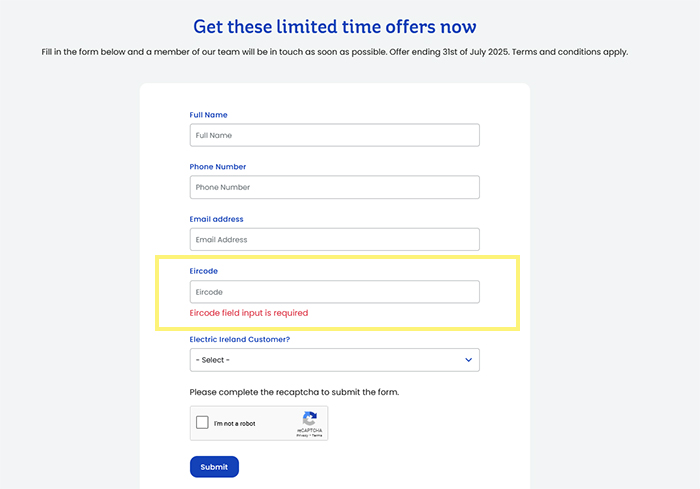
Electric Ireland website requesting Eircode instead of an address on solar panel enquiry form.
Whether it’s helping businesses to add address capture to website forms, or cleaning up messy legacy databases, we are constantly working to ensure Eircodes deliver results that work. We’ve seen firsthand how this unlocks smoother processes, faster onboarding, and fewer failed deliveries.
What's next?
As Ireland keeps moving forward digitally, socially, and economically, Eircodes will be there in the background, making life smoother. Whether it’s self-driving delivery vans, better planning of public services, or simpler ways to prove where you live, the Eircode story will continue to be written. And we’re proud to be a part of it.
